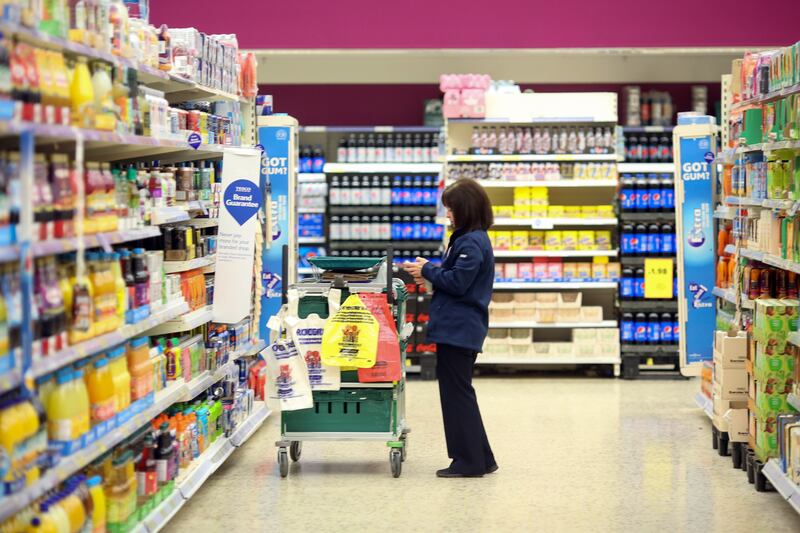Annual inflation across some of the world’s largest economies increased to 4.3 per cent in August, driven by rising energy and food prices, according to the Organisation of Economic Co-operation and Development.
The rise in prices in August, up 0.1 per cent from July, continued an upward trend that began in December 2020, with energy prices in the 37-member economic bloc rising at a faster pace of 18 per cent, after the 17.4 per cent rate recorded in July.
“Food price inflation also increased sharply to 3.6 per cent, compared with 3.1 per cent in July,” the OECD said.
“Excluding food and energy, OECD annual inflation remained stable at 3.1 per cent for the third consecutive month.”
While central banks and governments across the globe have pumped $25 trillion into their economies to cushion the effects of the Covid-19 pandemic, the flow of money has raised fears about rising inflation, with easing coronavirus restrictions, staff shortages and supply chain challenges worsening the outlook.
Concerns around stagflation — a situation in which the inflation rate is high and economic growth stalls - are also ramping up amid higher energy costs, said Susannah Streeter, senior investment and markets analyst at Hargreaves Lansdown.
“With price increases slamming economies from all directions, concerns about stagflation seem to have turned from niggling worries to an anxiety attack. As many businesses grapple with labour shortages and an continuing supply chain crisis amid higher demand for goods, there are concerns that higher costs will drag on the overall economic recovery,” Ms Streeter said.
“Central bankers could be forgiven for experiencing a big dose of vertigo as they balance on the tricky tightrope of trying to keep a lid on inflation, while attempting to keep monetary stimulus loose enough not to choke off growth.”
In the euro area, annual inflation picked up strongly to 3 per cent in August 2021, from 2.2 per cent in July, but remained lower than in the OECD area as a whole, particularly compared with the US, where annual inflation stood at 5.3 per cent for the same period, slightly down from 5.4 per cent in July.
“Excluding food and energy, euro area inflation jumped to 1.6 per cent compared with 0.7 per cent in July largely reflecting increase in the price of non-energy industrial goods, in particular the prices of clothing and footwear,” the OECD said.
However, inflation hit a 13-year high in the economic bloc in September, according to Eurostat, rising at its fastest pace since 2008 to 3.4 per cent as energy costs skyrocketed.
Higher energy prices were the main driver for the surge, with the effect of production and shipping bottlenecks also playing a part as the price of durable goods rose 2.3 per cent from August.
Outside the eurozone, the CPI, including owner occupiers' housing costs, in the UK rose by 3 per cent in the 12 months to August from 2.1 per cent in July.
France’s inflation rate rose to 1.9 per cent in August from 1.2 per cent in July, while in Canada inflation rose to 4.1 per cent from 3.7 per cent in July.
Meanwhile, annual inflation in the G20 area decreased slightly to 4.5 per cent in August from 4.6 per cent in July.






